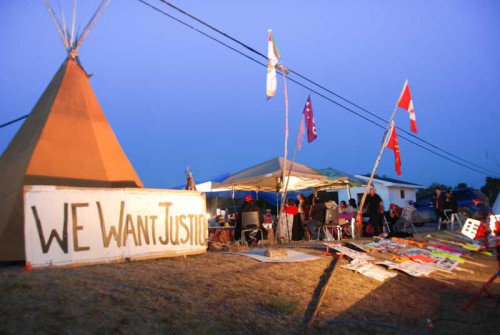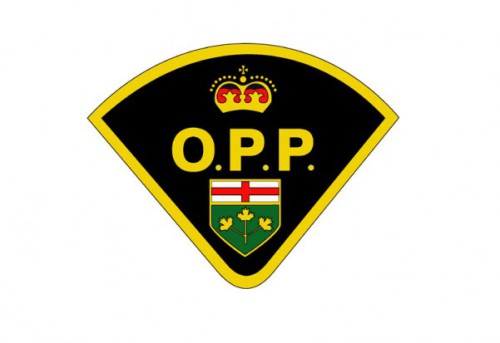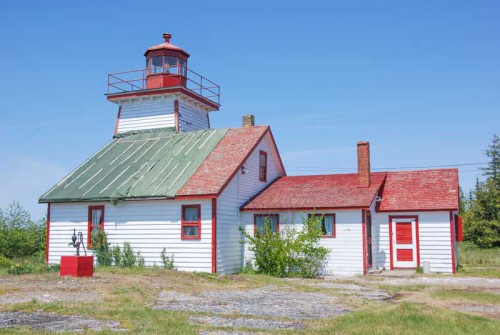To the Expositor:
I am writing in response to the August 1, 2012 Expositor article entitled, ‘Protest group enters second week of vigil seeking resignation of Sheguiandah chief.’
I am sure that the federal Minister of Aboriginal Affairs, John Duncan, receives many First Nation complaints from across the country involving the same issues that sparked the Sheguiandah protest. First Nation leadership issues in such instances may range from financial improprieties, abuse of power, and drug abuse, to chiefs signing documents and making economic deals without consulting their membership, to chiefs who remove children from school property without parental consent, to chiefs who perpetrate violence against community members. In some instances, First Nation community members complain that their community is being run by rogue leaders akin to being dictators. Still closer to home, issues such as transparency, accountability, good government, consultation, and consensus are very real community issues and concerns that deserve public attention, if only to create public awareness and to prevent such leadership woes from occurring in the first place. These are some of the issues at the micro-sociological level.
At the macro level, other community issues involve the Union of Ontario Indians (UOI) and the Assembly of First Nations (AFN). The UOI is the provincial representative for over 30 (use to be over 40) First Nations in Ontario. Their counterpart, the AFN, represents the First Nations at the national level. In these Non-Reserve Political Organizations (NRPOs), it is only among the chiefs themselves who vote in the heads (Grand Chief and Deputy Grand Chief) of these organizations. What is most unfortunate about this particular situation is that the First Nation grassroots people are not even factored into the leadership selection process at this level. This is indeed a shame and goes against the traditional concept of inclusion and consensus—in fact it is undemocratic and reeks of Indian Act politics! I am sure that Canadians, in general, would be incensed if the provincial premiers voted among themselves as to which premier would fill the position of Prime Minister of Canada. Indeed there would be an outcry and civil unrest from Canadians denouncing such a process as undemocratic. So why is such a process acceptable to the First Nations? This defies logic and, indeed, aboriginal tradition? There are inherent problems associated with such a process. These problems are express in communities like Sheguiandah.
I recently had the opportunity to speak with a Sheguiandah member/protester. In my conversation with the member, I was informed that he had contact with the UOI and requested their assistance relative to the protest. The UOI representative was unable to offer assistance and the Sheguiandah member was simply told that the Sheguiandah issue was an internal matter. I would like to remind the chiefs that they work for and are accountable to the crassroots, as has been aboriginal tradition. The process of First Nation chiefs electing First Nation chiefs must come to an end and that grassroots people must be included in the leadership selection at the UOI and AFN levels. Ultimately there is nothing, whatsoever, traditional and/or cultural about the way leaders are selected at the AFN or UOI levels. I challenge any member from UOI or AFN to enlighten the First Nations grassroots otherwise. Regardless, the power base of aboriginal people rest with the grassroots rather than those few who think they know what is good for the grassroots.
Many non-aboriginal people, and indeed, some First Nation people included, may see the Sheguiandah issue as an internal matter, as does the UOI. Still, perhaps many would see that the Sheguiandah issue is simply a matter of “indians fighting with indians.” Indeed, on the face of it, it does appear that this is in fact the case. However, the reality is this could not be further from the truth. The issues in Sheguiandah and elsewhere in Canada is not a Native-created problem, it is a Canadian government “created problem” by way of what many refer to as the Indian Act—an Act that is an outdated piece for foreign legislation, reeking of cultural disintegration and even racism and created in 1876. What is worse still is that this piece of government legislation is still present and applicable to First Nations people in the year 2012 and this,as we head into the 21st century. The Indian Act says nothing about the cultural preservation, maintenance and importance of Aboriginal identity and Aboriginal culture. The Indian Act says nothing about the preservation of Anishnabe language and traditional governing structures or that spirituality is the centrepiece of aboriginal society; the Indian Act is ultimately silent about how to deal with the contemporary issues of my people. Also, it must be realized that the Indian Act was not created by, nor was input sought from, the First Nations when this act was created. Therein lay the problem!
Ultimately the contemporary issues of aboriginal peoples, including those issues as seen in Sheguiandah and elsewhere, are anything but traditional and/or cultural. Such issues are an explicit expression of the severe cultural disruption and the socio-political and socio-cultural breakdown of a people. The contemporary behaviours of my people today are a far cry from a once proud peoples with sophisticated social, political, and spiritually-infused cultural systems, in place at the time of contact and prior. It is not rocket science as to the cultural damage that the implementation of the Indian Act has caused among my people, the issues of Sheguiandah included. In fact, the contemporary behaviours of my people are a demoralizing, dysfunctional and dehumanizing display and expression of the development and implementation of the Indian Act in our First Nation communities. In other words, the contemporary behaviors of my people are anything but traditional or cultural in light of the leadership concerns and political protests. Indeed, the UOI and AFN have a direct responsibility in these matters regardless of their election woes previously pointed out.
Finally, as a last word, the Sheguiandah protest and others like it have a silver lining and have brought about something positive. First, the protesters have conducted themselves in the most honourable manner in that they were non-violent in their deliberations. I firmly believe that one cannot solve violence with violence, as violence is no solution. At the same time I thoroughly understand the concerns of my people. Regardless, the non-violent behaviours of the Sheguiandah citizens and their supporters speak volumes. The other point is that the Sheguiandah protest has galvanized or brought together other First Nation grassroots members in effort to show solidarity and support for each other and that First Nation people in Mnidoo Mnising ultimately share common issues and concerns in these matters. If anything, the Sheguiandah protest has stirred the grassroots into action to deal with common concerns and to be pro-active relative to the issues of accountability, transparency, re-dress, good government, inclusion and consensus among First Nation leadership. The grassroots have spoken in Sheguiandah along with their Mnidoo Mnising grassroots supporters. In the end, if it is not grassroots driven, the destination is unimportant.
Patrick Corbiere
Birch Island





